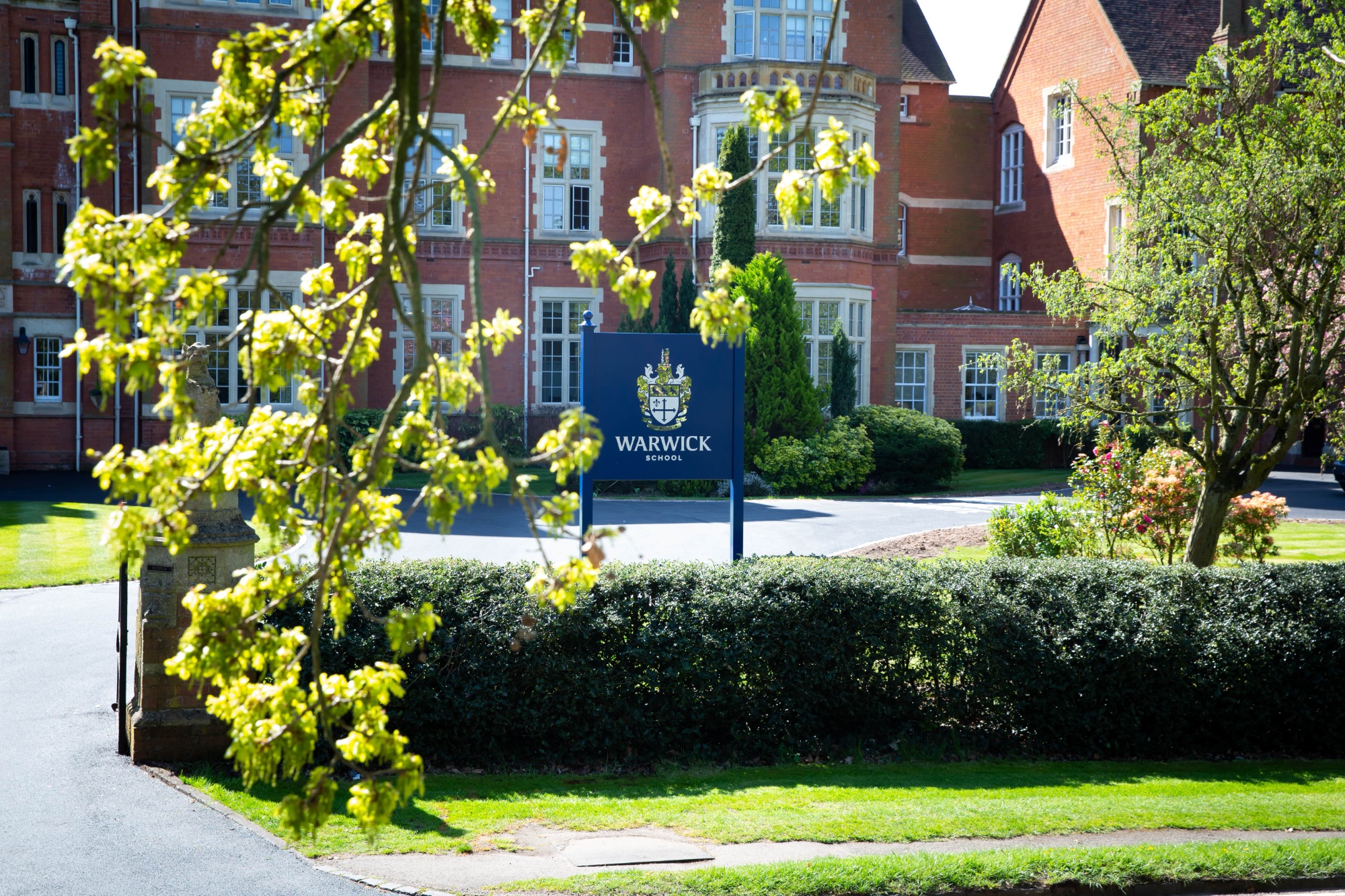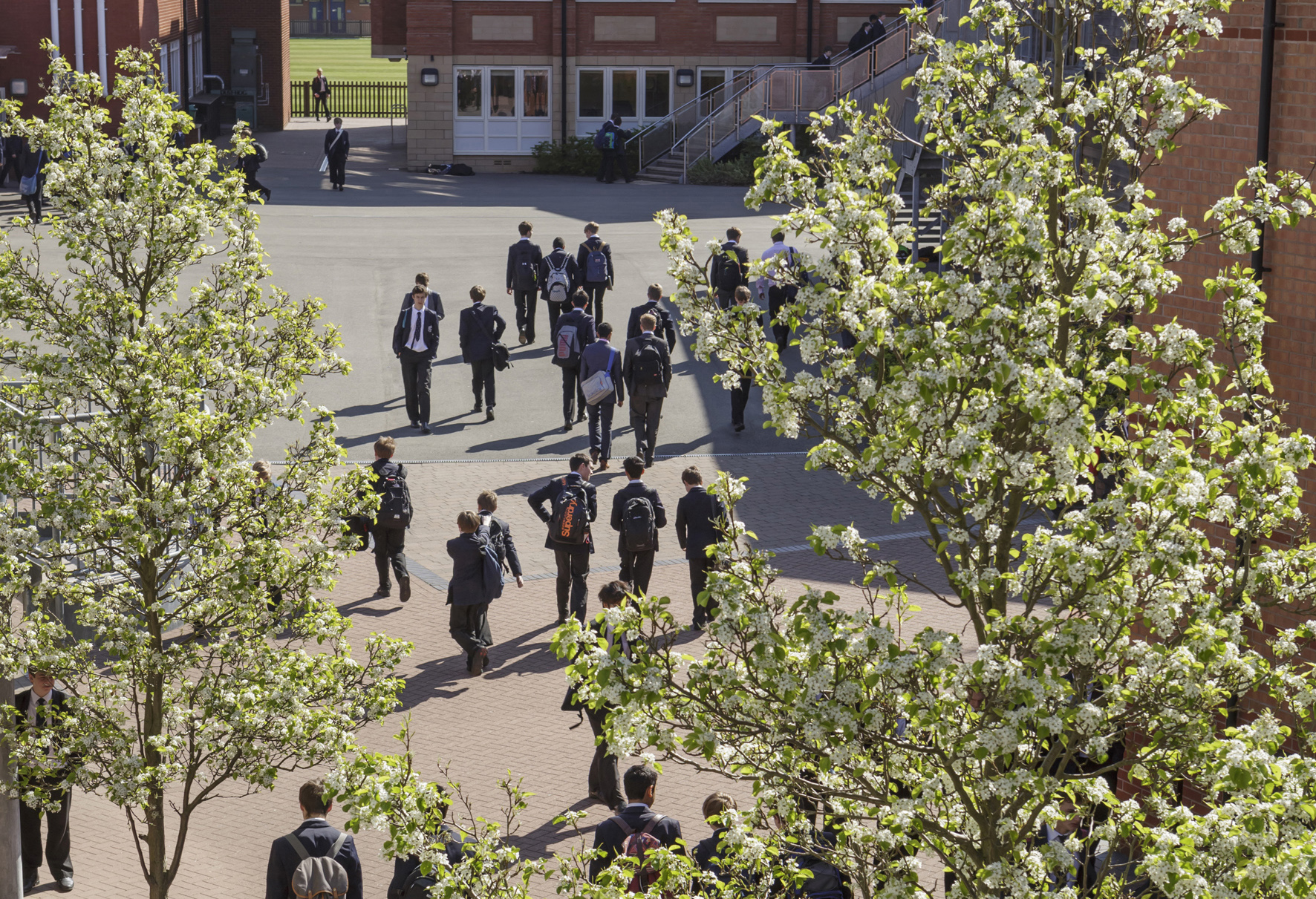Mobile Phones in Schools

Those of you who read the papers or follow the news may know that on Monday schools received new guidance on prohibiting mobile phone use during the school day. The announcement from Education Secretary Gillian Keegan led to some dramatic headlines.
In The Guardian:
‘Ministers confirm plan to ban mobile phones in schools in England.’
While the Mirror went with:
‘Mobile phones to be banned inside schools.’
Reaction to the announcement was mixed. Geoff Barton the General Secretary of the Association of School and Colleges Leaders declared it:
‘a non-policy for a non-issue’
Reading the non-statutory guidance later that day I found myself agreeing with Barton’s position that this is a non-policy, however, I simply cannot agree that this is a non-issue - quite the opposite in my opinion. Mobile phones are one of the biggest challenges facing education (and possibly society) today.
Just last year UNESCO (the United Nations Educational, Scientific and Cultural Organisation) called for smart phones to be banned from schools as evidence shows that they were linked to reduced educational performance. PISA the OECD’s (Organisation for Economic Co-operation and Development) Programme for international Student Assessments which measures 15-year-olds’ ability to use their reading, mathematics and science knowledge and skills to meet real-life challenges 2022 report showed, that whilst there is a positive relationship between the intentional integration of technology into school education and student performance, devices used for leisure such as smart phones have a negative impact on pupil outcomes. According to the report 65% of students reported being distracted by their phones and 59% said that their attention was diverted by others using theirs. The report goes on:
‘Students who reported being distracted by other students using digital devices in some most or every maths class scored 15 points lower in PISA maths tests than those who barely experienced this.’
Over half term I read Stolen Focus by Johann Hari. It makes for frightening reading and Hari’s book and the research he draws on support and explain PISA’s findings. The impact of mobile phones on our focus is huge. A study from the University of California reported that the average office worker is distracted once every three minutes, whilst another study found that in a typical day most of us rarely get an hour of uninterrupted work. A third study from the University of Oregon found that after each distraction it takes an average of 23 minutes for you to get back to same state of focus. As well as impacting our productivity by reducing the time that we spend focused on a task a study from Hewlett Packard found that mobile phones had an impact on IQ and memory. Researchers tested the IQ of participants when they were not being distracted or interrupted and when they were receiving e-mails and phone calls.
They found that ‘technological distraction’ caused, on average, a ten-point drop in IQ, twice the impact of alcohol or cannabis. Researchers at UCLA got volunteers to perform two tasks at once and tracked the results, they found that afterwards the participants couldn’t remember what they had done as well as people who focused on a single task. Mobile technology encourages it us to multitask, how often do we find ourselves checking messages, e-mails or social media alongside another task and how often do we do this subconsciously, without making an intentional decision to do so? Consequently, our phones are a significant contributor to what the researchers named the ‘diminished memory effect.’
The profits of social media companies like You Tube, Instagram and Facebook are a product of the amount of time users spend on their platforms therefore the tech giants have a vested interest in distracting you and ensuring that you remain distracted for as long as possible. The algorithms they use to suggest content to users vary all the time, but they have one key driving principle that is consistent, to show you things that will keep you looking at your screen.
Unfortunately, distraction and its effect on IQ, memory and productivity are not the only product of these algorithms. Unfortunately, there is a quirk of human behaviour called the ‘negativity bias’. On average we will stare at something negative and outrageous for far longer than we will look at something positive and calm. Hari asks us to imagine two different Facebook or Instagram feeds. One full of updates, news and videos that make you feel calm and happy. The other is full of updates, news and videos that make you feel angry and outraged. Which one will these profit motivated algorithms curate? The algorithms do not care whether you are calm or angry, happy, or sad. It is only concerned about one thing; what will keep you scrolling and staring at your screen. Consequently, social media which is a form of media predominantly consumed via our phones negatively impacts our mental state buy feeding us a diet of updates, news and videos that trigger feelings of anger and outrage, as well as our productivity.
The negative impact on well-being and lost learning as well as exposure to cyber bullying and compromised privacy are the reason that countries including France, Italy and Portugal have already taken steps to restrict mobile phone use and why Geoff Barton is wrong, mobile phones in schools are an issue. However, most schools already have policies in place to address the problem and the strategies suggested within Monday’s guidance which it claims are simple to implement are not new. They are beset with practical challenges and fail to appreciate the complexity of the issue.
- Banning mobile phones completely from the school site
- Handing in mobile phones on arrival
- Requiring pupils to keep mobile phones in a secure location which the pupil cannot access throughout the school day
The first fails to acknowledge the important role that mobile phones play in a many pupils’ daily journey to and from school, a site ban would mean that they would not have access to them at these times. Whilst the second and third fail to acknowledge that such solutions have significant human and physical resource implications. Who will manage these processes to ensure compliance? Where will the phones be handed in or stored? Who will be responsible for expensive personal property during the day? How long would this all take and what impact would that have on learning time? So, despite the dramatic headlines the guidance is indeed a non-policy.
The final option recommended by the guidance is a never used, seen, or heard policy, where pupils keep possession of their mobile phones on the strict condition that they are never used, seen, or heard, with consequences that are sufficient to act as a deterrent. At Warwick School whilst we recognise the immense opportunities provided by digital technology, we also believe that these must not come at the expense of our pupil’s education or wellbeing and hence we operate a never used, seen, or heard policy. We trust students to bring their phones to school and to keep possession of them, but they must be switched off and should not be used during the school day without the specific permission of a member of staff for a specific purpose. If pupils fail to follow this rule, they should expect their mobile phone to be confiscated, and a sanction issued.
Implementation of this approach is challenging. We cannot nor should we watch over boys’ every moment of every day. A secondary school environment demands that pupils be given greater freedom, independence, and responsibility but with this come opportunities to use their mobile phones, and smart watch technology makes it even harder to remove ‘digital distraction’ from the classroom. We continue to search for practical and effective responses to the problem, but we need support from families and parents. The guidance makes it clear that parents have an important role in supporting school’s policies on mobile phones, that they:
‘…should be encouraged to reinforce and discuss the policy at home…including the risks associated with mobile phone use and the benefits of a phone free environment.’
And that:
‘Where parents need to contact their child during the school day, they should be directed to the school office.’
The impact of mobile phone use is also not limited to school day. PISA found that:
‘Students who used them [digital devices] more than one hour a day for leisure – social media apps, browsing the internet or games – saw a big drop in maths scores.’
We cannot expect pupils to manage their mobile phone use independently because they are highly addictive and some of the finest minds in the world are working for tech companies to ensure that they are, consequently 45% of students surveyed by PISA reported feeling nervous or anxious when separated from their phones. Surveys by organisations such as Parentkind suggest half of parents are concerned about the amount of time their children spend on mobile phones and three quarters would support a ban. We cannot walk back form this technology. 97% of children have their own mobile phone by the age of twelve and used sensibly they are powerful tools that open a world of possibility.
At Warwick School we recognise the immense opportunities presented by digital technology, but we also believe that that these must not come at the expense of pupils’ education and wellbeing. Monday’s guidance lacks the teeth to have its intended impact but, on this issue, we agree with the Education Secretary:
‘You go to school to learn, you go to create friendships, you go to speak to people and socialise and you go to get educated – you don’t go to sit on your mobile phone.’











